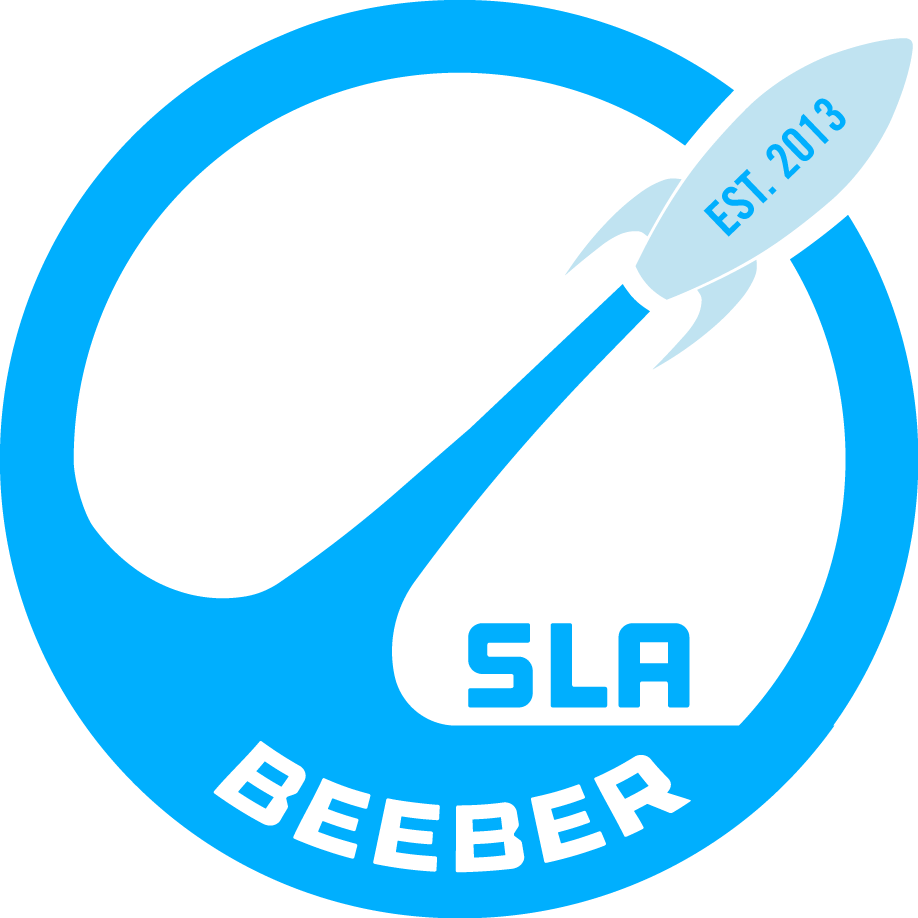Biochemistry 2 Honors Public Feed
Q3 Biochem Benchmark
https://docs.google.com/presentation/d/1QEYhyHkQdibKjwX8-DD_3RdU8Z_uRyZUOcYYiQgA8BQ/edit?usp=sharing
Q3 Benchmark : Biochemistry II : The Comparisons Of The Digestive System
Link To Background Information Behind The Model : https://docs.google.com/document/d/1rQ0RfATzLBXiIEAiYHJFT_fCRYALypvzQ418cLbR8PM/edit: This project was to show others the study of an organ system in different species and study it. My group, Layla, Saniiyah, Dale and I, have chosen to study the Digestive System. We choose to study the Digestive System to get more of an understanding of how humans Digestive Tract came to be, and what similarities/ differences the system has in all species we researched. From this Benchmark, I have learned what organs are in each Digestive Tract from the different species shown. I have also learned why and what each organ does in the Digestive System. Thank you. The Model :
Q3 Benchmark: Comparative Anatomy (Biochem 2)
For this benchmark, my group and I studied the comparative anatomies of a worm, frog, human, and whale. To be more specific, we studied their circulatory systems and how they've evolved over time, as well as how that evolving has affected things such as selective pressures. Though they were all very different, they had many similarities in specific categories. For example, they all obtained some of the same genes, parts of their circulatory systems, etc. We found that their circulatory system adapted as time progressed and environments changed. For example, frogs must have three-chamber hearts to breathe underwater. This would be beneficial for them while hiding from predators. A lot of things can be learned about environments, nature, as well as how animals modify themselves to survive. LINK TO THE GROUP'S RESPONSES: https://docs.google.com/document/d/1zlNxYzO2FN_GsS_PSySQrG2zS2VCzm57iP6ggb4aTFk/edit?usp=sharing
Comparative Anatomy
Comparative Anatomy
Q3 Benchmark - Comparative Anatomy
Fast Plant
https://docs.google.com/document/d/1ljlCaLpoadq6UhQiE4Ir3yKfLdHSEKwQNopiIw8Grh0/edit?usp=sharing
Leo, Lea, & Other Fast Plans
When we first got this project I was excited to grow plants and take care of them. Then once I figured out we would also be doing two generations of plants, mixing between the types that got me even more pumped for this. Our first generation of plants did good. I think they took longer to grow then our second generation of plants. Our first generation of plants was ST & NP. I predicted that the next generation would be a mix of purple stem with green leaves or vice versa and that’s how they were. I would say that our plants being moved really hindered our plants’ ability to thrive. People kept moving our plants and this, at one point, lead to them dying and made us have to start over. Genetics will provide and organism with the genes they have which will then provide an organism with their phenotype. However, an organism's environment will determine whether it lives or does not. If there was no light for our plants, they would die. This is evident on when our plants were moved by others. Since other people moved our plants from under the light/from the water our plants died. This shows that the environment does matter for the growth of an organism. I think the thing that stood out to me the most during this project was the genetics portion. I think actually playing with the DNA and genetics of the plants was fun and interesting. We got to see how genetics work. That was the most interesting part of this project.
Pictures of our plants:
Fast plants final reflection
Fast plant reflection
Fast Plants Final Reflection The F2 generation did not excel or survive how I thought they would. The parent generation flourished a lot faster. I think what put our plants' ability to survive at a disadvantage was that we mixed up our seeds and it was the cross-pollination part was difficult. The genetics will affect the phenotype of the plant depending on what the parent generation was. A greater decoding of how an organism will look is if you make a Punnett square which will help you predict the outcome of any breeding experiment. This course what stood out to me the most was our PSA I found that very fun and very informative. I really enjoyed them so freaking much. I also liked learning about how I am actually causing a problem by supporting meat producing companies which has helped me change my lifestyle and has made me more aware of what I put in my body and what I support. Journal: https://docs.google.com/document/d/1GAeTYb1lSvUrCMJ9FQdeTrP6xzYSNWwVU_Xx0LNDlYk/edit?usp=sharing
BIOCHEM2H-004
- Term
- 2017-18
